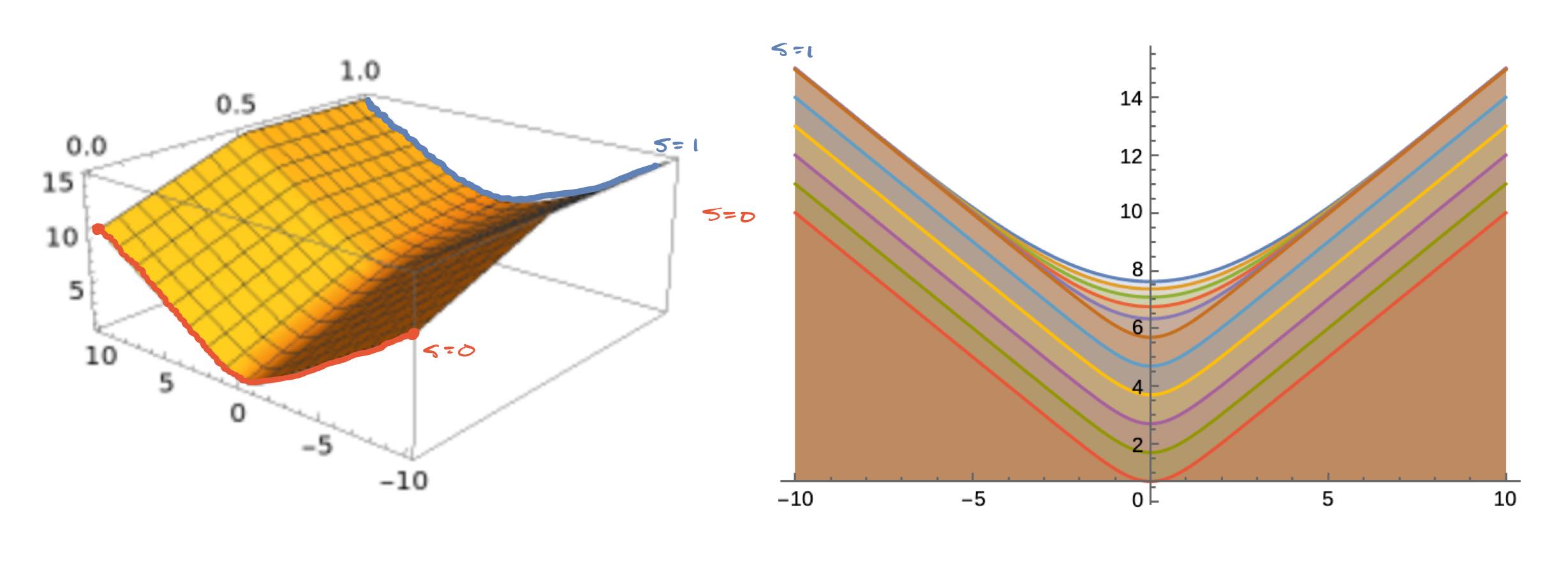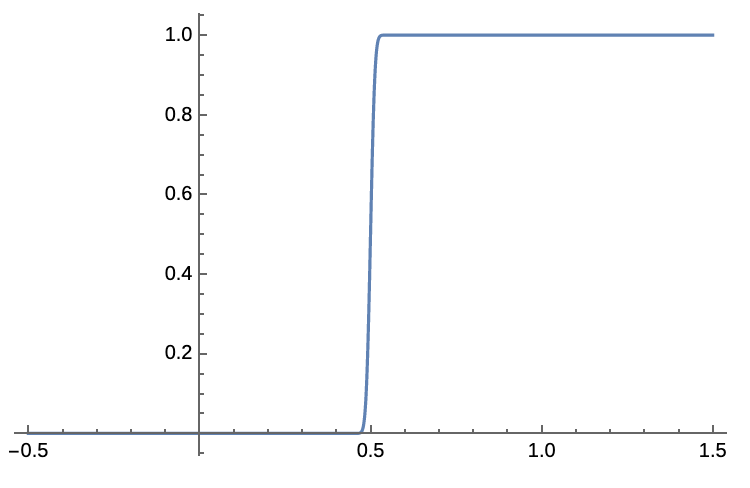Week 2 - Revisiting Parisi's Equations and the Replica Method
Antares Chen University of Chicago
Abstract
We revisit our geometric interpretation of the Parisi equations via a few interactive demos. We then discuss the historical origins of the Parisi Variational Principle via the Replica method. We demonstrate calculations leading to the action integral form of the replicated free energy, setting us up to introduce Replica Symmetry Breaking next time.
Recap of the Meeting
We spent most of our time discussing geometric intuition for the dynamics described by the Parisi’s PDEs.
-
The equations are given as
-
When a change of variable is performed
-
The behavior of this dynamic can be interpreted as follows. At time
-
On the other hand,
This picture was helpful to have. It plots the evolution of

where, on the right, the red contour corresponds to

When thinking of